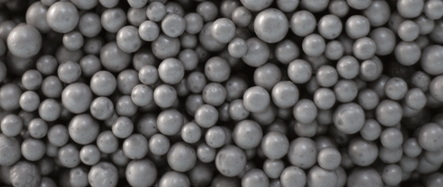
According to Government statistics, there are currently 5.75m houses in the UK that are still in need of cavity wall insulation. Of these, 4.6 million are classed as having hard to treat cavity walls.
What is a hard to treat cavity wall?
A wall can be classified as a hard to treat cavity if it has one of the following characteristics:
- A building of three stories or more storeys (unheated basements do not count as a separate storey);
- Whether or not the cavity requires remedial work to bring it up to good working order;
- Or the actual thickness of cavity is narrower than normal.
Cavity wall insulation – key facts
Early cavity walls were usually just 250mm thick, which meant that the cavity was 50mm or less. Back when these were being built, there was no thought about insulation – the walls were built with cavities to help stop damp issues, and prevent the water penetrating the inner skin on the wall. With a cavity wall any water that goes through the external skin of bricks would fall down the cavity and dissipate away from the house to keep it damp free.
Since the 1980s, Building Regulations have stipulated that cavity walls are filled when they are built – in most cases the insulation is fixed to the inner skin of the cavity wall, leaving a gap between the outer, external cavity skin and the insulation. This allows any moisture getting through the first skin, to still fall down the cavity.
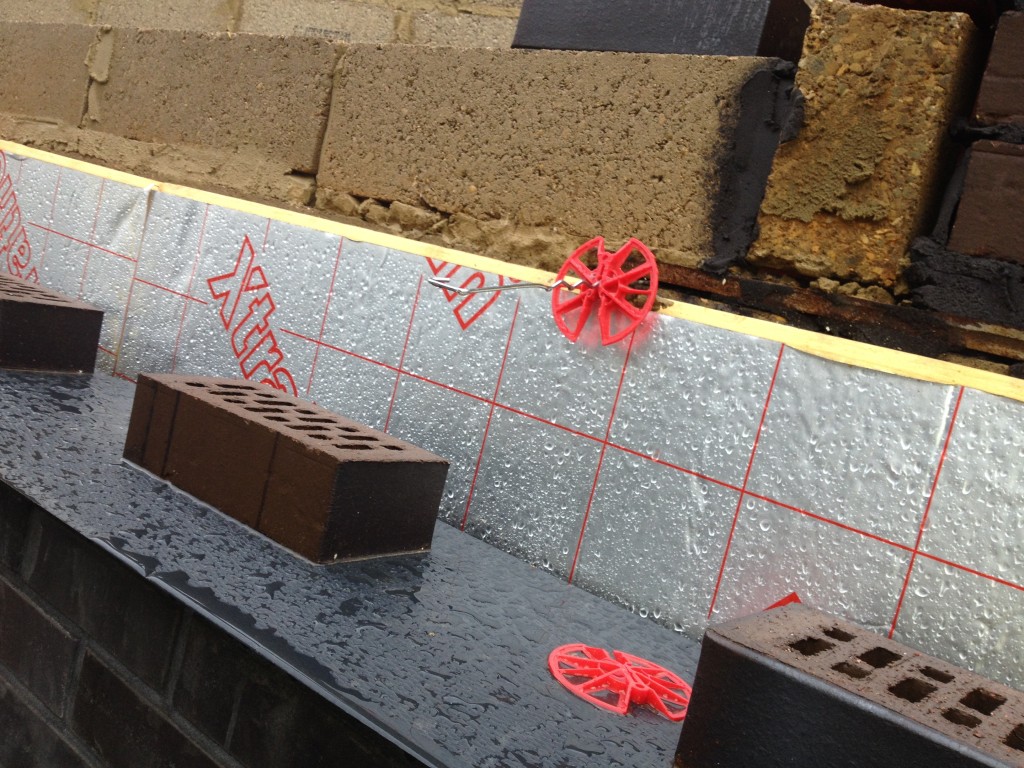
Fairly quickly, it became apparent that properties without filled cavities could be retrospectively filled – provided the cavity was reasonably big (over 75mm), they could drill lots of small holes in the first skin of bricks and the insulation could then be blown into the cavity.
Retrofitting Cavity Wall Insulation
Retrofitting cavity wall insulation quickly became big business, with lots of suppliers popping up and injecting blown mineral fibre into these large cavities. The blown mineral wool is still used today, and tends to be either Rockwool (made from spun volcanic rock) or glass wool (made from recycled glass bottles). The wool is treated with water repellent during the manufacturing process to help drive the water down the cavity and away from the house.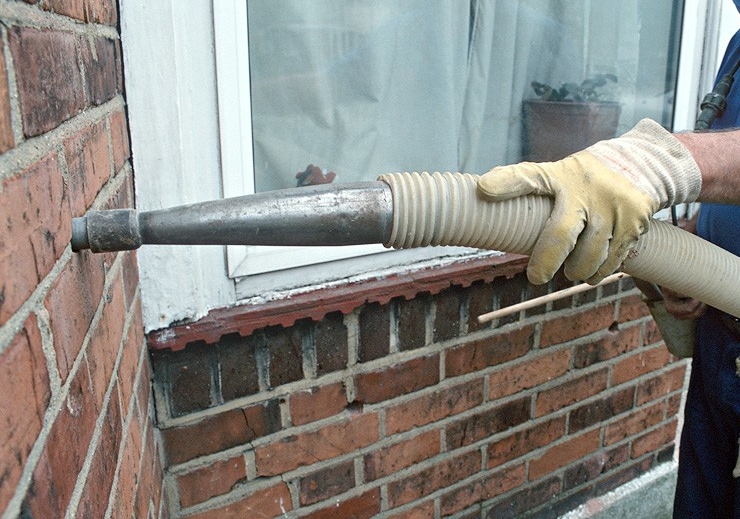
The issue with this blown insulation is that if there is anything obstructing the cavity, such as a piece of mortar, the wool insulation will get caught and not properly fill the cavity. In addition, the cavity is too thin, the wool will not properly travel down through the cavity when it is injected – until recently this has prevented many insulation retrofits going ahead.
Insulating Hard To Treat Cavity Walls
These walls are referred to as Hard to Treat Cavity walls; in the past the only thing that could be done to insulate them was to attach either external or internal solid wall insulation, which is incredibly costly.
Hard to Treat Cavity Walls and Micro beads
Recently however there has been a breakthrough in this ‘Hard to Treat’ market. Micro beads (made from expanded polystyrene) can be injected into these walls. These beads flow through the wall and don’t suffer from getting caught in the cavity – they can get into even the smallest spaces ensuring that the whole wall is effectively insulated.
These beads are coated with a binding agent prior to being injected into the hard to treat cavity. The binding agent holds the beads in place once it sets and stops the beads escaping the cavity if any remediation work is done on the cavity at a later date – for example a window is replaced.
Using Expanded Polystyrene Beads to insulate Hard to Treat Cavities
These expanded polystyrene beads also have superior insulating qualities compared to the blown insulation, so even if you have narrow cavities; you can still really bring up a walls insulating properties.
 The beads are also naturally water repellent and won’t rot over time, and unlike wool insulation, don’t provide any nutritional value to animals so won’t be eaten.
The beads are also naturally water repellent and won’t rot over time, and unlike wool insulation, don’t provide any nutritional value to animals so won’t be eaten.
In addition, since the beads are small and flow (almost like a liquid), the number of holes that are required to be drilled is far lower than cavities retrofitted with the blown wool.
So there you have it – even if previously you have been advised that cavity wall insulation was not possible for your property – this may not be necessarily true. These expanded polystyrene beads allow you take advantage of cavity wall insulation, which is a fantastic way to lower your energy bills.
If you would like to see if you can benefit from cavity wall insulation, call us now on 0208 144 0897 and we can send one of our trained energy assessors to drill a small hole in your cavity wall and carry out a boroscopic inspection to determine whether your wall is suitable.
You may also be eligible for a free grant to cover the cost of the installation under the ECO scheme.



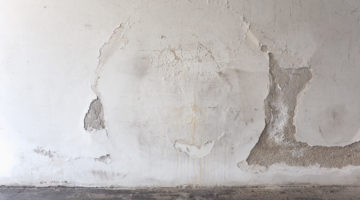
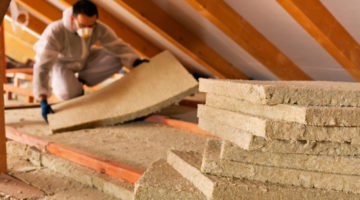






Hi,
Just come across your website. British Gas have been unable to offer insulation as the cavities in my c1910 walls are only 36MM.
Thanks
I would like cavity wall insulation can you get in touch please
Hi can you give me information on cavity bead insulation. I have an old house that is not suited to normal cavity insulation due to the size of the cavity.
Please send me information on hard to treat cavity wall insulation as i have a small cavity that will not allow blown insulation.
Hi Brian,
We will get one of the team to contact you shortly about this.
Hi do you cover Lincolnshire? Thanks, Andy
Hi do you know of any companies who insulate the gap between the inner wall and the plasterboard